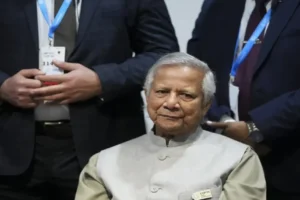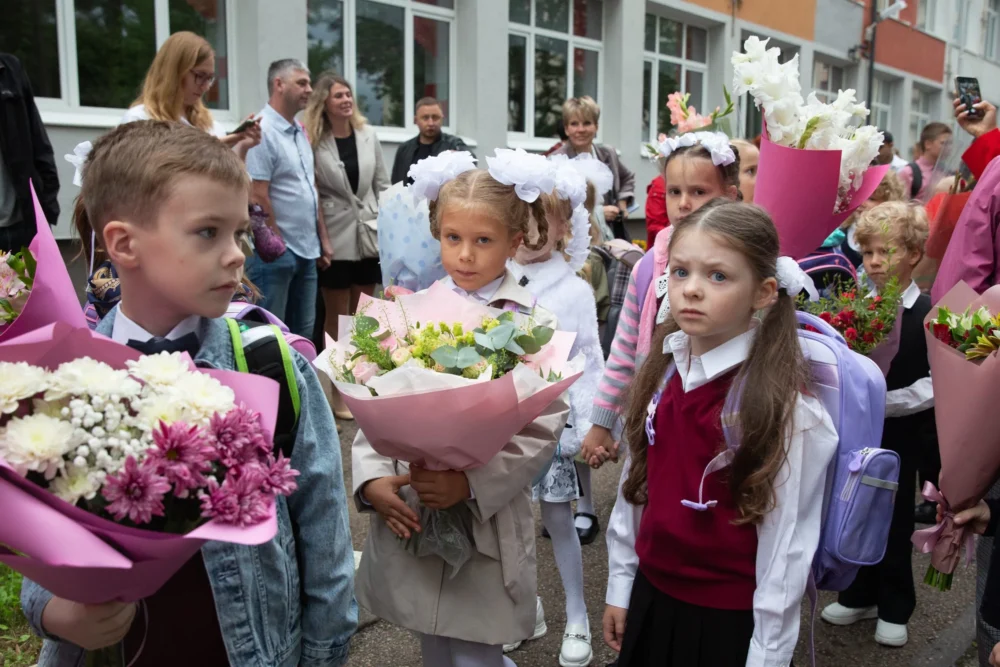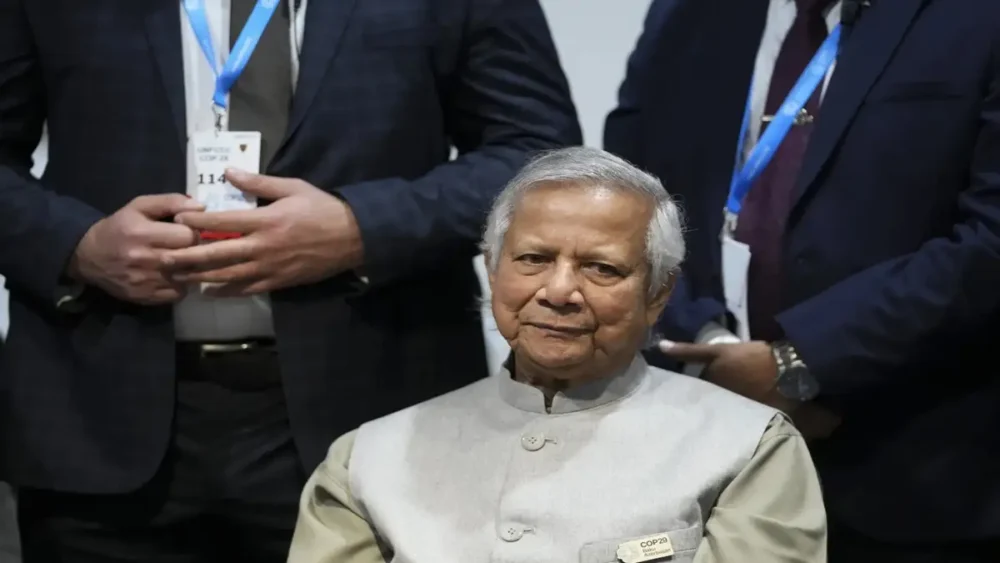Russia is confronting one of the most serious demographic crises in its modern history. The nation’s birthrate has dropped to its lowest level in decades, intensifying fears over a shrinking and aging population. Despite government incentives such as cash bonuses for families, national campaigns encouraging childbirth, and restrictions on abortion, the country continues to experience a steep decline in population growth.
Recent data shows that the number of births has fallen drastically since the mid-2010s, dropping from nearly two million births annually to just over one million in 2024. This decline has pushed the fertility rate far below the replacement level, signaling long-term challenges for sustaining the labor force and economic stability.
Experts attribute the crisis to multiple factors, including the aftereffects of war, an aging demographic, economic uncertainty, and the emigration of younger citizens seeking better opportunities abroad. Russia’s working-age population continues to shrink, while deaths still outnumber births in most regions.
Authorities have responded by tightening demographic policies, restricting access to abortion services, and promoting traditional family structures. However, analysts say these measures overlook deeper issues such as income inequality, poor healthcare access, and the lack of family support systems.
The country’s leadership now faces a daunting challenge: reversing decades of population decline while maintaining economic growth and social stability. Without meaningful policy reforms and improved living conditions, Russia’s demographic future remains uncertain.















